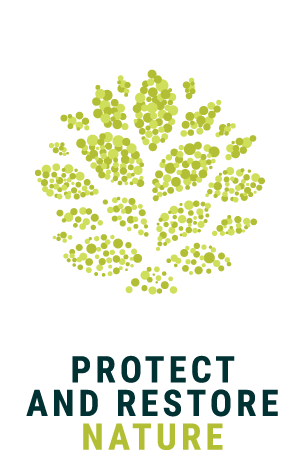ROADMAP
2000
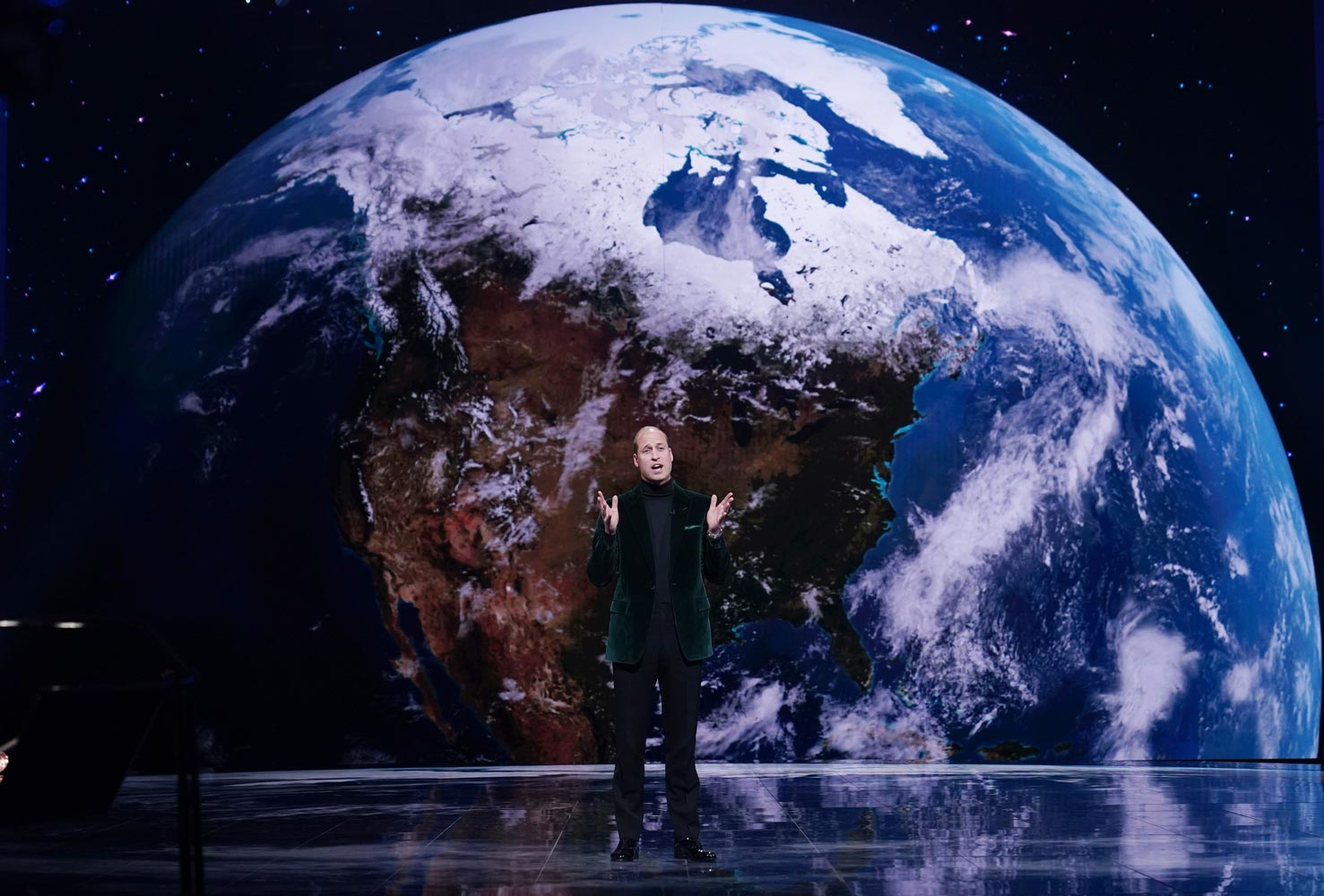
The Earthshot Prize is a platform dedicated to finding and growing solutions that will repair our planet this decade.
We wake up every day to support innovators and leaders working to create a better world. They may be a university, a charity, a tech startup or even a city.
Our role is to shine a spotlight on their solutions, to support and help scale them, and in doing so, unleash the urgent optimism in each of us.
Inspired by President John F. Kennedy’s Moonshot, which united millions of people around the goal of reaching the moon, The Earthshot Prize was founded by Prince William to find and grow the solutions that will repair our planet this decade.
It all starts
here
Our search for the inspiring innovators that will help us repair and regenerate the planet begins with The Roadmap.
Updated for 2023, The Roadmap is based on feedback from 40 environmental experts and informed by the latest scientific understanding. It highlights 15 areas that we see as the highest priority to address along with five cross-cutting enablers that will accelerate progress across all Earthshots.
This is a shorter version of the Roadmap containing key findings, if you want the full, detailed Roadmap report please download it from the bottom of this page.
Each year we search for innovative solutions to five different but connected Earthshot challenges:
01
We choose to ensure that, for the first time in human history, the natural world is growing – not shrinking – on our planet.
02
We choose to ensure that everyone in the world breathes clean, healthy air – at World Health Organisation standard or better.
03
We choose to repair and preserve our oceans for future generations.
04
We choose to build a world where nothing goes to waste, where the leftovers of one process become the raw materials of the next – just like they do in nature.
05
We choose to fix the world’s climate by cutting out carbon: building a carbon-neutral economy that lets every culture, community and country thrive.
Each one of us can make a difference
Working alongside hundreds of Official Nominators from around the world, we scour the globe for breakthrough solutions that can solve these environmental challenges. The Earthshot Prize’s Nominators are selected for their ability to identify the most impactful solutions to the Earthshots.
Our Roadmap is the beginning of this search process. In producing it we have sought the knowledge of 40 global environmental experts and reviewed over 70 scientific publications. This has grounded our search in the latest science and given us a unique view on where we need to focus our search process.
The Roadmap acts as a guide to our Official Nominators in their search for solutions over the coming years. It is a sketch of the world in front of us, and illustrates areas of opportunity and possibility that solutions can unlock.
We hope it is also a roadmap for each of us to consider where and how we can contribute. Each day, members of the public ask us how they can help. Our answer is simple. We encourage you to consider the role you can play in our collective effort, helping us focus on the 15 priority areas outlined in this document. Each one of us, regardless of background, expertise, or sphere of influence, can make a difference.
Priority
areas
of interest
Each Earthshot is itself a bold ambition, requiring global change from all parts of society
To give The Earthshot Prize and its network it’s maximum chance of success requires prioritisation. To provide this focus, we have identified three areas of interest within each Earthshot based on questions we asked ourselves, the experts and all others who contributed to this report.
These fifteen areas of interest are all areas where there is the potential to see damaging and unsustainable practices rapidly replaced with high impact solutions. Whilst our focus is on these areas, we also accept any entry outside this as long as it has the potential for global impact in the next few years.
Our Fifteen areas of interest
![]()
Protect & restore nature
01
Protecting areas of high biodiversity such as forests, wetland, peatlands and wildlife corridors
02
Restoring damaged ecosystems
03
Feeding people while protecting nature
![]()
Clean our air
01
Engaging citizens in data collection and clean air policies
02
Preventing the burning of fields, forests and waste
03
Transitioning to clean transportation for all
![]()
Revive our oceans
01
Protecting and restoring coastal ecosystems
02
Replenishing fish populations
03
Reducing demand for fishmeal
![]()
Build a waste-free world
01
Reducing food loss from farm to fork
02
Phasing out single-use and non-recycled plastics
03
High-value circularity in fashion and electronics
![]()
Fix our climate
01
Creating an equitable clean energy future
02
Addressing non-CO2 greenhouse gas emissions
03
Decarbonising hard to abate sectors
Protect
and
Restore
Nature
Imagine a world in which we become stewards, not despoilers, of the natural world
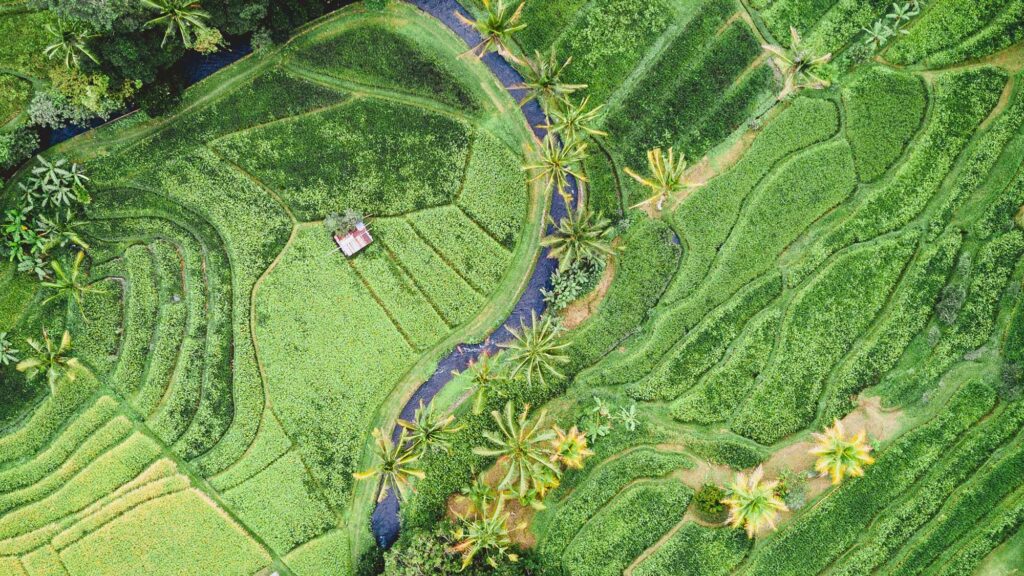
A world in which farms and forests co-exist without competition, in which cities are transformed into green oasis, with access to nature available to all.
In which a nation’s wealth is measured not only by its natural resources, but also its riches of diverse wildlife, and where generational and indigenous wisdom is brought to the fore.
To protect and restore nature, we seek solutions across three areas of interest:
01
Protecting areas of high biodiversity such as forests, wetland, peatlands and wildlife corridors
02
Restoring damaged ecosystems
03
Feeding people while protecting nature
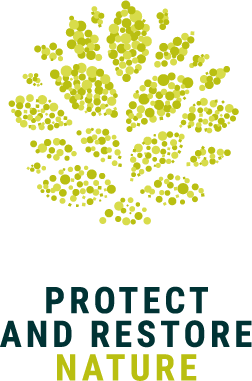
CLEAN
OUR
AIR
Imagine a world in which everyone, no matter where they live, breathes in clean, healthy air

A world in which no child ever dies from a pollution-related illness.
And in which renewable energy is affordable and plentiful everywhere: powering transport, heating homes, and cooking food.
This vision is possible with the right global effort.
To clean our air, we seek solutions across three areas of interest:
01
Engaging citizens in data collection and clean air policies
02
Preventing the burning of fields, forests and waste
03
Transitioning to clean transportation for all

Revive
OUR
oceans
Imagine a world in which the world’s oceans are preserved for future generations

A world in which vast pods of whales cross them without disturbance and where mangrove swamps and coral reefs remain untouched.
Where oceans fill with an astonishing diversity of marine life, while providing livelihoods and sustenance for those who rely upon them.
To revive our oceans, we seek solutions across three areas of interest:
01
Protecting and restoring coastal ecosystems
02
Replenishing fish populations
03
Reducing demand for fishmeal
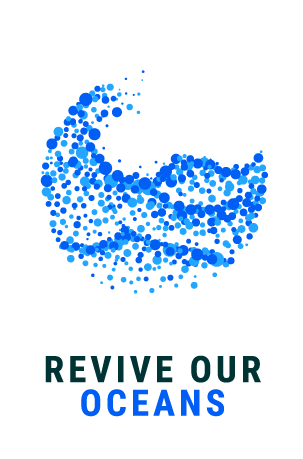
Build a
waste-free
world
Imagine a world where, as in a natural ecosystem, nothing is ever wasted, and everything is repurposed
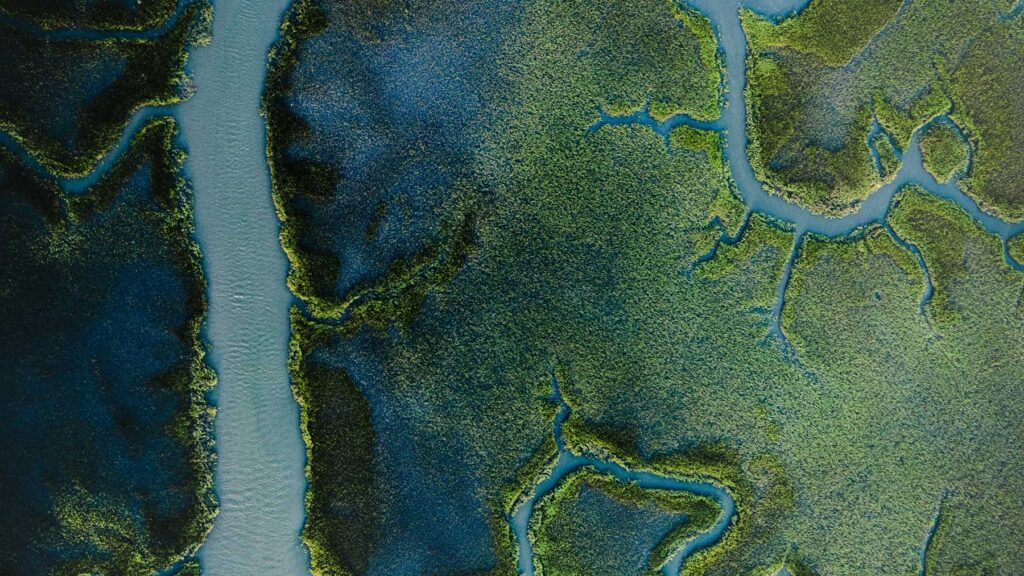
A world in which every item of clothing made is reworn or recycled.
Where resources are equally distributed, and where food poverty is eradicated and the food we once threw away, used to fill empty stomachs.
To build a waste-free world, we seek solutions across three areas of interest:
01
Reducing food loss from farm to fork
02
Phasing out single-use and non-recycled plastic
03
High-value circularity in fashion and electronics
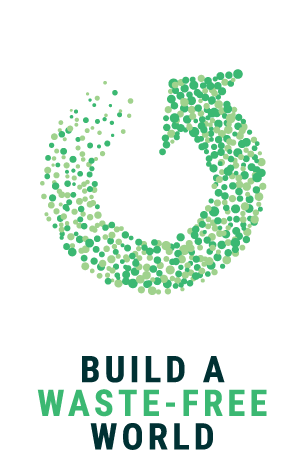
Fix
our
climate
Imagine a carbon-free world, powered by a carbon neutral economy

A world where the buildings we live in, and the transport we use does not cost the earth.
Where city-dwellers walk or cycle into work, in the shade of trees and amid the sound of birdsong.
Where seasonable, low-carbon footprint food is plentiful and affordable, and the air is clean and breathable.
To fix our climate, we seek solutions across three areas of interest:
01
Creating an equitable clean energy future
02
Addressing non-CO2 greenhouse gas emissions
03
Decarbonising hard to abate sectors
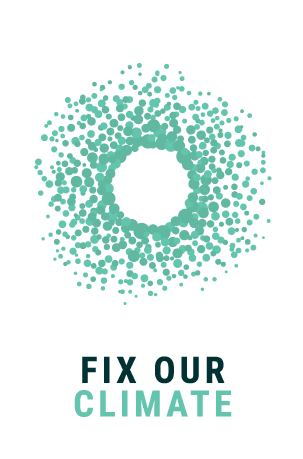
Enablers
and
filters
Our cross-cutting enablers could rapidly accelerate our mission
Our review of the scientific literature and conversations with experts identified approaches and tools that can accelerate the environmental improvements we seek without being specific to any single Earthshot.
We call them the cross-cutting enablers, and when adopted by innovators and their supporters, they could rapidly accelerate our mission to achieve the Earthshots.

01
Solutions that use technology, AI or data to enable transformative change
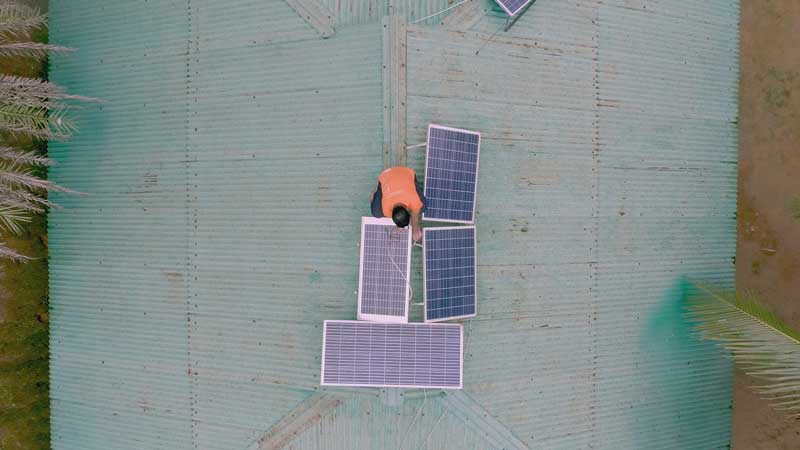
02
Solutions that create or leverage nature and carbon markets, novel financial mechanisms and essential legal solutions

03
Solutions led and informed by indigenous and local communities
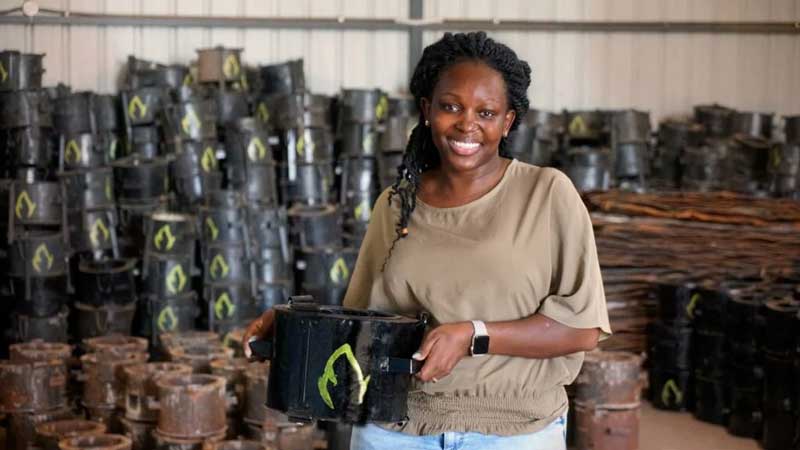
04
Solutions that promote shared economic opportunity

05
Solutions that enable policy change
How we assess and filter out the best submissions
When it comes to selecting the 15 Finalists from the 1000+ nominations we receive each year, we have a thorough process to assess and filter out the best submissions.
During years one and two we have improved and refined this process, and we now have four key filters which we use to select the winners.
FILTER 01
Potential for global impact
Finalists will have the potential to be relevant on a global level by 2030. They must clearly articulate their impact to date, and their potential to make a difference in the future based on one or more of our shortlisted environmental and social metrics.
FILTER 02
Diversity of solution types
We accept solutions from any country or sector in the world. It is through a diversity of solutions that we identify new opportunities or connections, and demonstrate the need for collective action globally. Nominees could be a not-for-profit or for-profit organisation, a local or national Government, a partnership, or a team.
We place a particular emphasis on geographic representation, gender, and indigenous representation and actively source innovations from these communities.
FILTER 03
Stage of solution
Finalists will have solutions that can be scaled or replicated quickly through financial, communications or organisational support. Solutions will be well developed beyond the idea stage, have made significant progress with their solution, and need support to be scaled beyond financial support alone.
FILTER 04
Organisational foundations
Finalists will encounter many opportunities to scale their solution and inspire replication through the Earthshot Prize so we will seek solutions that are mature enough to maximise the support they receive.
We will judge this based on the foundations they already have in place, accounting for the quality of the leadership team, their commitment to inclusion and their organisational maturity.
The world
we choose
The future we live in will be the future we choose
We are, after all, the only species on Earth capable of imagining and creating a better future for ourselves. Throughout history, there have been few problems so great we have not imagined a solution, whether it was the 1969 Moon Shot mission or our efforts to create a Covid-19 vaccine. The environmental crisis is perhaps the greatest of our lifetimes, but with imagination, innovation and commitment, we can solve it too.
We are already making progress. Over the past three years, the Earthshot Prize has discovered, spotlighted and scaled solutions from all over the world, demonstrating the power of what it means to put our collective weight and support behind those on the front lines of innovation.
That’s why we need urgent optimism. Urgent because the time we have to restore the world is finite; optimism because we have the collective ingenuity to realise this ambition.
Let us use this Roadmap as a blueprint to imagine and then drive collectively towards a planet where the natural world, on land and in the oceans, is flourishing; where everyone breathes in clean healthy air; where nothing we use or make ever goes to waste; and where we cut carbon from the atmosphere and avert the climate crisis.
We do this by working together – innovators, NGO’s, commercial organisations, philanthropists, academics and the public all have a role to play. Together, we create a more prosperous world for all, not only for ourselves, but for our children and for all generations to come.
join us on our journey
Nominate
Download the full Roadmap 2023 to get the full details on our selection criteria.
Interested in becoming a Nominator?
partner
We work with a range of partners to support, fund and scale our Finalists.
Think you can help us on this mission?
Get in touch.
Share
Roadmap
2000
Download the full Roadmap
Discover the criteria behind our selection priorities, enablers and filters for each of our five Earthshots.

